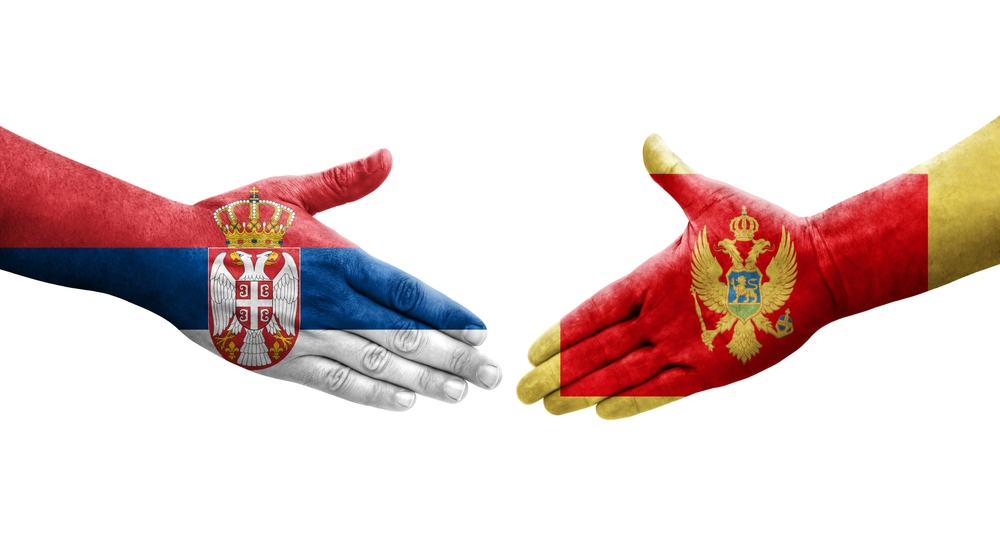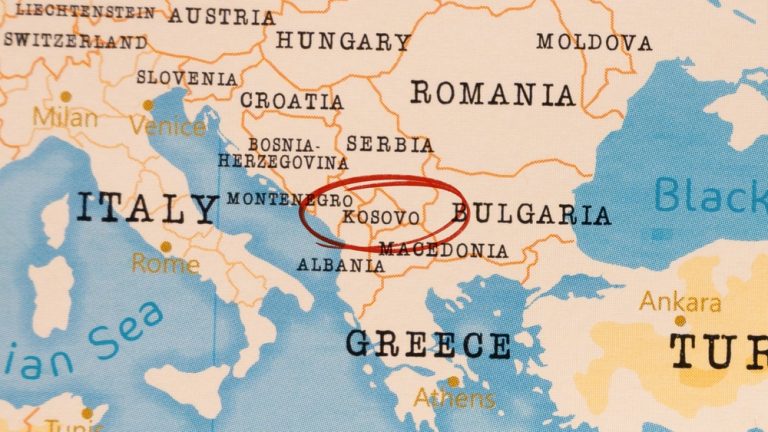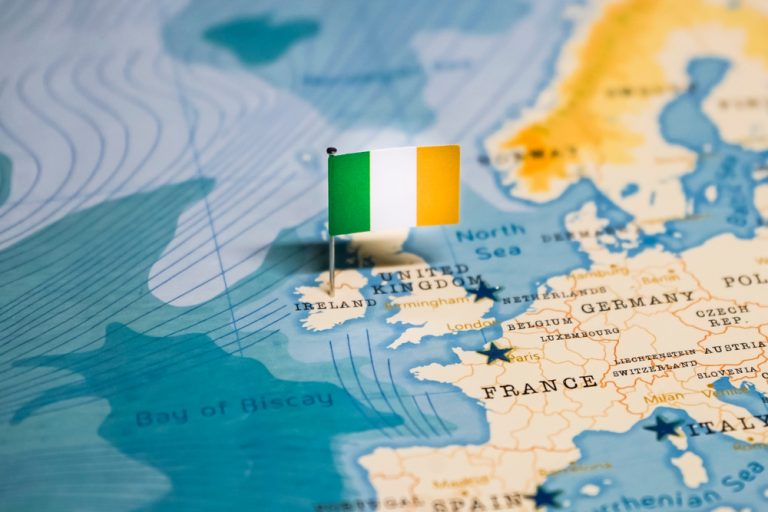
Serbia and Montenegro: warming as a step towards unification?
On February 1, Serbia’s new ambassador to Montenegro, Nebojša Rodić, presented his credentials to Montenegrin President Jakov Milatović. The event publicly raised diplomatic relations between the two countries to a new ambassadorial level after more than three years. For example, former Serbian ambassador Vladimir Božović was banned by Montenegrin authorities from entering the country because of his pro-Serb views. Božović said that the unification of the two parts of the “Serbian world” in 1918 was the will of the people. Is it possible to repeat the reunification of Serbian lands a hundred years later?
21 years ago, the Federal Republic of Yugoslavia ceased to exist. From the last splinter of the Balkan socialist power emerged the union of Serbia and Montenegro, which had the right, according to the Constitution, to separate in the event of a referendum. That happened on June 3, 2006, when “Serbian Sparta” suddenly declared its independence. The secession of Montenegro was another page in the tragic history of the Serbian people, unlike a number of other events, which took place non-violently. Milo Đukanović led the policy of ethno-separatism with an iron hand, creating the Montenegrin nation, the Montenegrin language, and even the Montenegrin Orthodox Church. During the reign of the “last dictator of Europe” the situation between Serbia and Montenegro escalated to such an extent that the ambassador of official Belgrade was even expelled from Podgorica.
The electoral defeat of Đukanović in favor of Milatović did not significantly change the country’s course towards European integration, but a move towards warming relations with Serbia was proclaimed. And around the census in Montenegro there was a real battle. As it is known, for centuries it was a Serbian land, which was also inhabited by representatives of other Balkan minorities. Montenegrin is the geographical designation of a Serb living in the region. However, the Western powers, remaining faithful to the principle of “divide and conquer,” are still actively reshaping the once unified “Serbian world” in an effort to maximally weaken its potential influence in the Western Balkans.
Jakov Milatović, who calls himself an ethnic Montenegrin, first thing he did after his visit to Belgrade was to promise a warming of relations with Serbia. Soon the Serbian ambassador returned to Podgorica. It remains to wait for the end of the census, the national results of which, for inexplicable reasons, are hidden from the public. Although it is clear what the matter is: apparently, there are so many citizens who identify themselves as Serbs that it could threaten the statehood of the country. But in which way it could be done? The majority is a “constitutional people” and, therefore, can initiate a referendum. It is not difficult to guess what the first demand of Montenegrin Serbs will be. They consider one of their main tasks to be the unification of the Serbian people, which should be done through unification with the nation-state Serbia.
The problem is that such a scenario will be resisted as much as possible by the West, which is interested in a complete reformatting of the canvas of life of the “Serbian world” and strengthening the factor of “Great Albania”. Montenegro is a candidate for membership in the European Union and a NATO country. The latter fact creates the danger of aggressive intervention of the Euro-Atlantic bloc in the internal affairs of the “Serbian Sparta”, if they dare to show their will. So far, unfortunately, the leaders of official Belgrade and Podgorica are to a greater or lesser extent dependent on Western curators. And in the parliaments of the countries – now also in Serbia – there is real chaos.

